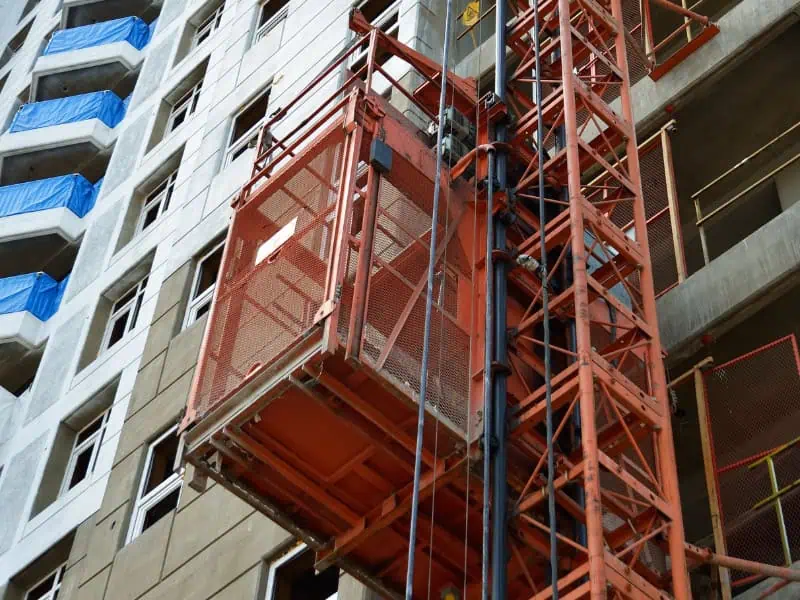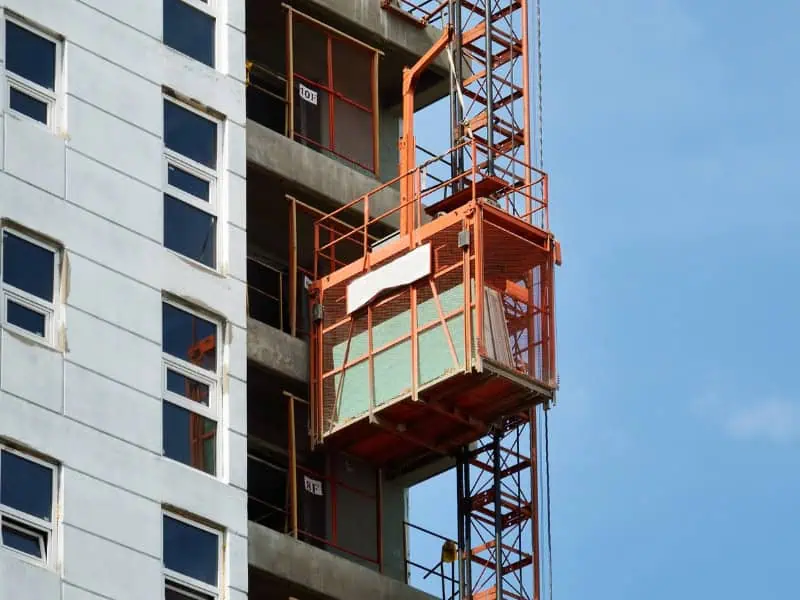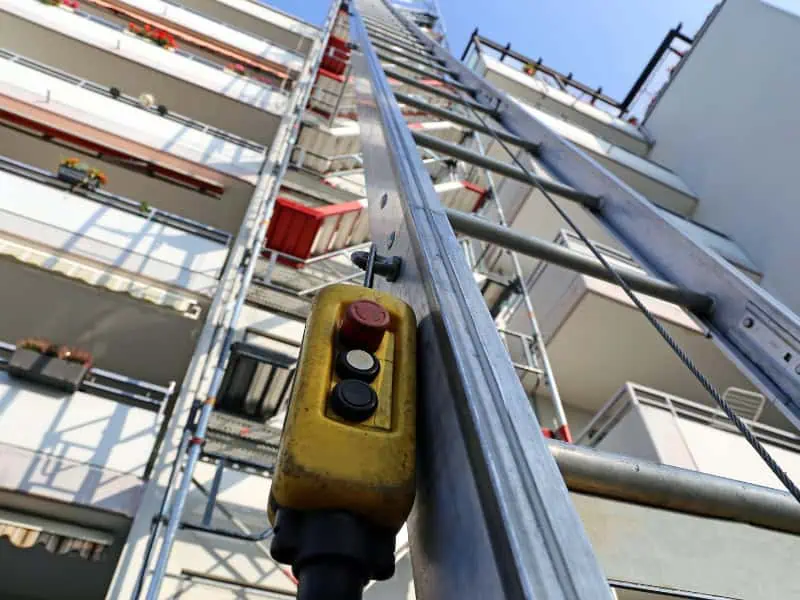Construction sites are high-risk zones where safety and productivity hinge on using the right systems — and one of the most essential is a hoist in construction. Whether lifting bricks, shifting heavy gear, or moving materials between floors, hoists simplify workflow and reduce physical strain. Without one, sites often face delays, injuries, and compliance issues as workers fall back on unsafe manual lifting or makeshift setups. The risks pile up quickly when jobs are rushed or lifting isn’t standardised. This article explores how relying on outdated or inadequate hoisting gear can increase hazards, and how the right system can reduce incidents, improve efficiency, and keep your crew safe.
Why do builders face delays without a hoist in construction?
When sites lack mechanical lifting solutions, the knock-on effects slow everything down. Materials can’t be positioned quickly, access between floors becomes a bottleneck, and site teams are stretched thin managing the chaos. Here are the main causes of delay without a hoist in construction:
- Manual lifting is time-consuming and exposes workers to fatigue, especially during long shifts or hot weather
- Poor coordination of material deliveries leads to wasted hours and waiting around for access points
- Crane access is often limited and must be shared across trades working simultaneously on-site
- Material damage from improper handling causes rework, driving up costs and stretching timelines even more
- Frequent stops for safety checks or injuries disrupt workflow and lead to slowdowns across multiple trades
These setbacks don’t just affect your timeline — they affect morale. As pressure mounts, rushed decisions and unsafe practices creep in. That’s when serious incidents start to occur. Better lifting systems help prevent these issues before they start.
What risks arise when projects lack proper hoisting machinery?
A site without the right hoisting setup is a ticking time bomb for injury, damage, and liability. It’s not just about moving things faster — it’s about moving them safely. Here are the critical risks when hoisting machinery is overlooked:
- Loads are lifted by hand or unstable rigging setups that compromise safety and control
- Workers are exposed to falling objects or tipping loads with unpredictable movements and no load guides
- Ladders and scaffolds are misused for heavy lifting, causing instability and unsafe work conditions
- Overexertion injuries from repeated strain or awkward postures can lead to long-term physical harm
- Inconsistent lifting procedures lead to errors and near-misses, especially with untrained or rushed workers.
More importantly, when there’s no standard system for material movement, everyone on site improvises. That unpredictability increases the risk of collision or collapse. It’s no surprise that Safe Work Australia flags material handling as a top contributor to workplace injuries.

How do safety concerns increase when workers use outdated construction hoist equipment?
Outdated lifting equipment can be more dangerous than having none at all. Old hoists may lack safeguards, struggle under modern load weights, or break down unpredictably. Here are the top safety issues with ageing construction hoist gear:
- Poor braking systems risk runaway loads or overshoot
- Worn cables or pulleys may snap under pressure
- Controls may lack emergency shut-off or speed limiters
- Hoists may not comply with current height or load standards
- Noise and vibration hazards increase without modern insulation
It’s easy to underestimate the risks until a near-miss or injury forces a shutdown. If you’re understanding physical hazards in construction environments, hoisting systems should be high on your radar.
Which construction activities are made easier by using a hoist?
A properly installed hoist streamlines dozens of daily site tasks. Instead of improvising lifts or waiting for crane availability, teams can move materials at will, improving workflow across trades. Here are the activities where a hoist in construction makes the biggest impact:
- Shifting bricks, tiles, and other load-heavy materials to upper levels safely and more efficiently
- Transporting tools and gear between floors or platforms with reduced effort and improved handling
- Removing demolition waste from upper levels without manual labour, using safe downwards lifting methods
- Loading pallets onto scaffolding without forklifts, enabling tight access zones to stay productive
- Lifting awkward, oversized items that can’t be safely carried, like steel panels or timber packs
Importantly, each of these tasks can be done faster, safer, and with fewer people. That boosts efficiency and gives your crew more time to focus on skilled work.

What advantages come with hiring a material hoist for construction work?
Choosing to hire rather than buy a hoist offers flexibility and access to top-tier equipment without major capex. It also ensures compliance — hire gear is usually maintained to strict standards and meets the latest codes. Here are the key benefits of hiring a material hoist:
- No upfront purchase cost, only hire fees based on your project’s actual timeframe and needs
- Quick delivery and setup on site from professionals who know your schedule and local site constraints
- Maintenance and breakdown service is included, so downtime is minimal and responsibility is off your plate
- Access to different hoist sizes and lift capacities based on materials and structure height
- Less admin: inspections and certification handled for yo,u with all logs kept up-to-date
If you’re still on the fence, try understanding the right time to use a material hoist. Not every site needs one 24/7 — but most benefit from having one on demand.
How does a hoist in construction lower accident risks on site?
Adding a hoist doesn’t just reduce workload — it cuts exposure to multiple hazards, from lifting injuries to slips and falls. It’s a practical step toward site-wide safety.
Here are the ways a hoist in construction improves safety outcomes:
| Risk Area | Without a Hoist | With a Hoist |
| Manual handling | Frequent back and shoulder injuries | Fewer manual handling injuries, safer lifting posture |
| Working at heights | Carrying materials up ladders or scaffolds | Reduced ladder use, stable vertical material lifts |
| Load control | Unstable or swinging loads during lifting | Better load control with guided hoisting tracks |
| Dropped objects | Higher chance of materials falling | Lower risk of dropped items due to secure lifts |
| Inconsistent procedures | Improvised lifts have a higher chance of human error | All workers follow standardised lifting methods |
Incorporating hoisting systems is a crucial way to discover lifting equipment solutions trusted in construction, whether your project is a three-storey reno or a major commercial build, safe lifting matters.
Final thoughts
From boosting efficiency to reducing risks, it’s clear that modern lifting gear plays a major role in safe construction. If you’re planning a new project or revisiting site procedures, think seriously about your material movement systems. Smart hoisting gear simplifies workflows, minimises injuries, and helps meet safety obligations — especially under tight deadlines. If you’re ready to streamline site safety, discover how CH Hoists can improve lifting efficiency on site.




